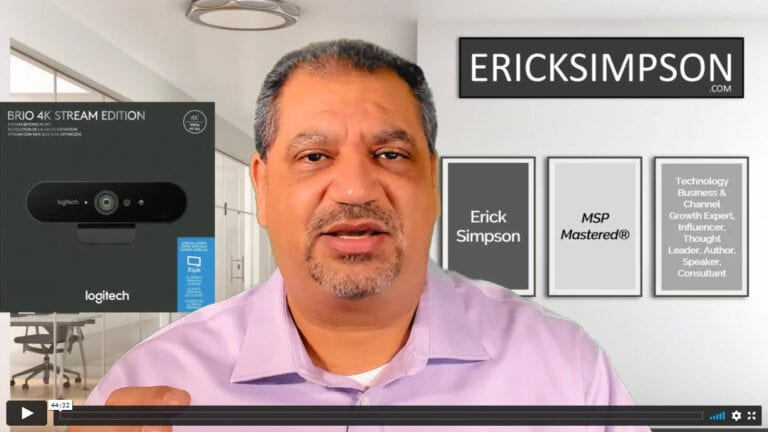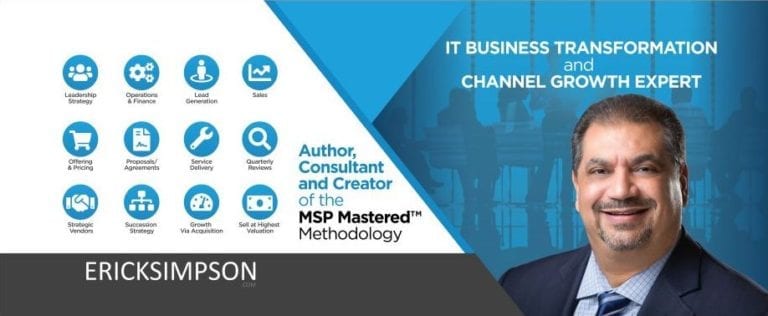The Sales Engineering Process
The Sales Engineering Process
In this context, the Sales Engineer participates in the service provider’s sales, scoping and proposal creation processes, and works with the provider’s Account Managers, Sales Professionals, Engineers, Project Managers, Manufacturers, Vendors and Distributors to fulfill their role and responsibilities, in addition to interfacing with clients and their Vendors.
The Sales Engineer is the buffer between Sales and Engineering, and is one of the keys to project profitability. A Sales Engineer not only helps educate and train the provider’s Sales staff in setting appropriate expectations regarding the benefits of technology solutions with their prospects and clients, but is also instrumental in working with vendors and partners in order to design appropriate solutions to meet client needs and putting together Scopes of Work and Proposals and assisting in the Project Plan creation process.
The Objective of Sales Engineering
The objective of Sales Engineering is to create effective proposals by understanding client needs, the environmental state of their infrastructure, their Account Manager’s or Sales Professional’s objectives and timelines for Proposal delivery. With the appropriate information, the Sales Engineer can accurately scope the best solution for the client.
The Sales Engineer’s purpose is to accelerate sales velocity, and they should only be introduced into a client engagement when this opportunity exists, otherwise they may actually impede the sales process when utilized ineffectively, with the most common result in these instances being to add unnecessary cost to the sales engagement.
5 Phases of the Sales Engineering Process
The five phases of the Sales Engineering process include Discovery, Design, Proposal Creation, Review and Presentation.
Phase 1: Discovery
During the Discovery Phase, the Sales Engineer will collect all of the information required to design a Scope of Work to meet the client’s needs that takes into consideration factors such as the environment state of the existing infrastructure, the provider’s sales objectives and the client’s budget and timeline.
The Sales Engineer will review the results of the client’s Business Needs Analysis and Technology Assessment already conducted by the provider’s Sales and Engineering teams, or participates in this information gathering process directly. In addition, they will meet with their Sales and Engineering resources to ask clarifying questions to insure accurate scoping of the solution. Based upon the complexity of the proposed solution or other factors, the Sales Engineer may meet with the prospect or client during a follow-on appointment with their Sales Professional.
Phase 2: Design
Once the sales engineer feels that they understand the prospect’s or client’s needs completely, and has all of the information required in order to scope the solution, they can move from the discovery to the design phase of the project. The sales engineer will work with the provider’s manufacturers, vendors, distributors and fulfillment partners in order to design the best solution that meets the established criteria and determine the costs and timelines to deliver it.
Phase 3: Proposal Creation
Once the Design Phase is completed, the Sales Engineer can create the formal Proposal for the client. The most effective Proposals include at a minimum a title page, table of contents, introduction, provider’s company biography, overview of the client’s existing environment and the pains they are experiencing, before and after network drawings as applicable, work scope, summary, specifics/requirements/exclusions, investment amount and acceptance signature block.
Phase 4: Review
Once the proposal has been created, the Sales Engineer meets with the Sales Professional and goes over the proposal with them in detail to insure it meets the Sales Professional’s objectives.
Phase 5: Presentation
Once the Sales Professional has been briefed on and approves the Proposal; and based upon the complexity of the solution, the Sales Engineer may become involved in the final presentation of the proposed solution to the prospect. Their intimate understanding of all facets of the solution they have designed makes them an invaluable asset in many client presentations.
Sales Engineering Process Checklist
The following checklist provides a high-level overview of the Sales Engineering Process throughout a Pre-Sales engagement.
- Receive information/documentation from the Sales Professional and Engineer for the proposed solution
- Meet with the Sales Professional and Engineer in order to understand the basic needs and spell out the preliminary scope of the proposed solution
- May meet with the prospect along with the Sales Professional in order to clarify specifics of the prospect’s needs
- Meet with the Sales Professional to finalize the solution before the design phase of the project
- Contact distributors, manufacturers, vendors and fulfillment partners for price quotes, availability and timelines
- Receive quotes back from distributors, manufacturers, vendors and fulfillment partners to determine the best method of creating the proposal with input from the Sales Professional
- Create the proposal with network drawings, work scope, an estimated timeline and investment amount
- Meet with the Sales Professional to go over the completed solution and proposal
- Become a resource to be called upon during future client presentations
Conclusion
An effective Sales Engineering process will:
- Help accelerate Sales velocity
- Insure that solutions are scoped properly and proposals are priced correctly
- Improve net profitability
- Increase client satisfaction








